LIBER Research Groups
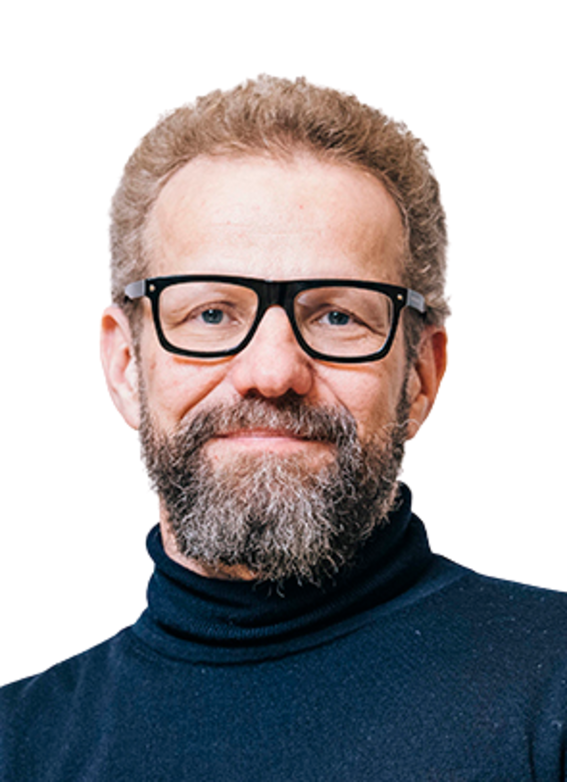
Biomolecular Materials group (CHEM, Aalto University)
Group leader: Prof. Markus Linder (LIBER director)
Biomolecular Materials group works on synthetic biology and the assembly process of biological materials, such as nanocomposites, silk-proteins,
and adhesives. Markus group has significantly advanced the biophysical understanding of surface active fungal hydrophobin-proteins and developed several patented applications for them in e.g. bionanomaterials. Recently they have developed concepts of phase transitions (LLPS), in particular with silk proteins as a mechanism for their assembly, and in general as a mechanism for biological materials assembly, especially adhesives.
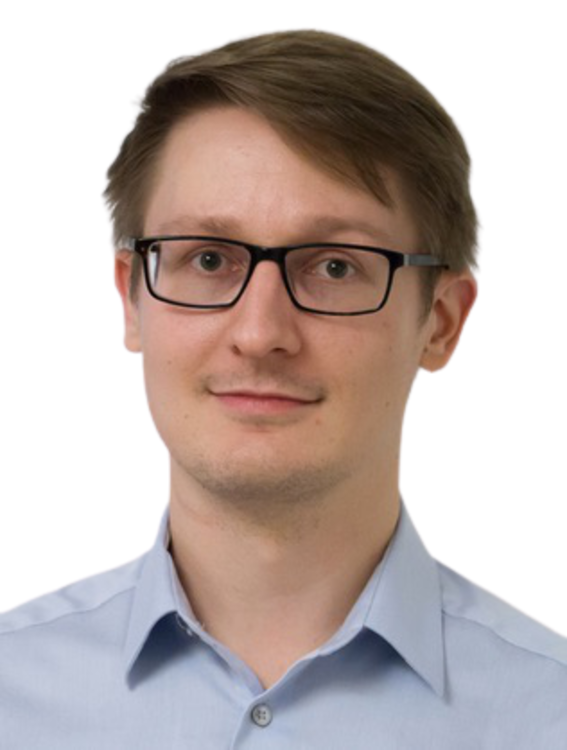
Active Matter group (PHYS, Aalto University)
Group leader: Prof. Jaakko Timonen (LIBER Vice Director)
Active Matter (ACTIVE) group focuses on nonequilibrium soft materials and active matter, with specific expertise in capillary phenomena, colloids, magnetic solids and fluids, active matter and externally driven materials. Jaakko's research has led to unprecedented observations of the transition of nonequilibrium structures from static to dynamic assembly.
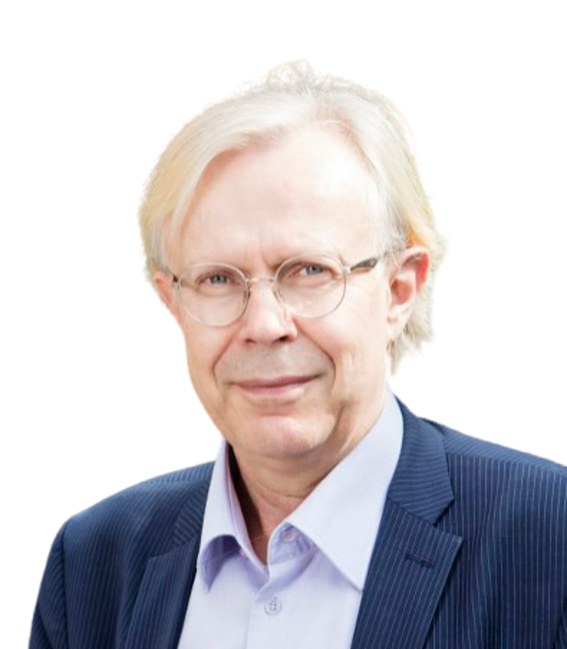
Molecular Materials group (PHYS, Aalto University)
Group leader: Prof. Olli Ikkala
Molecular Materials (MolMat) group is a multidisciplinary research group consisting of physicists, chemists and biologists aiming at functional materials based on supramolecular and supracolloidal self-assembly and its hierarchies.
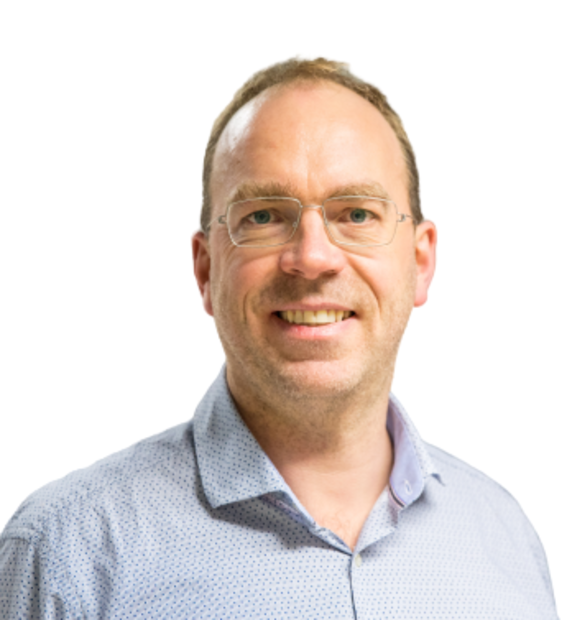
Soft Matter and Wetting group (PHYS, Aalto University)
Group leader: Prof. Robin Ras
Soft Matter and Wetting (SMW) group is a multidisciplinary research group consisting of physicists and chemists. We are interested in functional soft materials and the wettability of surfaces. Many of the materials we work on are inspired by nature, such as extremely water-repellent biological surfaces that provide the basis for synthetic superhydrophobicity.
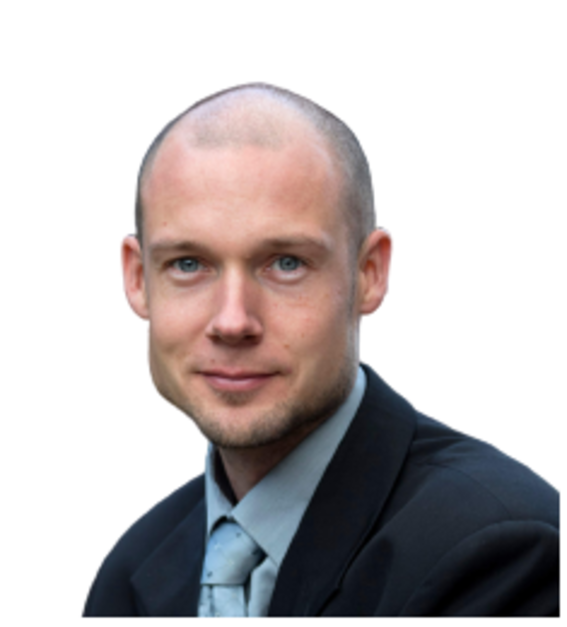
Biohybrid Materials Group (CHEM, Aalto University)
Group leader: Prof. Mauri Kostiainen
Biohybrid Materials (BiHy) group does research at the interface of chemistry, physics and biochemistry. Our long term aim is to integrate biological and synthetic building blocks in a designed manner to combine the versatility of synthetic materials and highly controlled assembly properties of biomolecules.
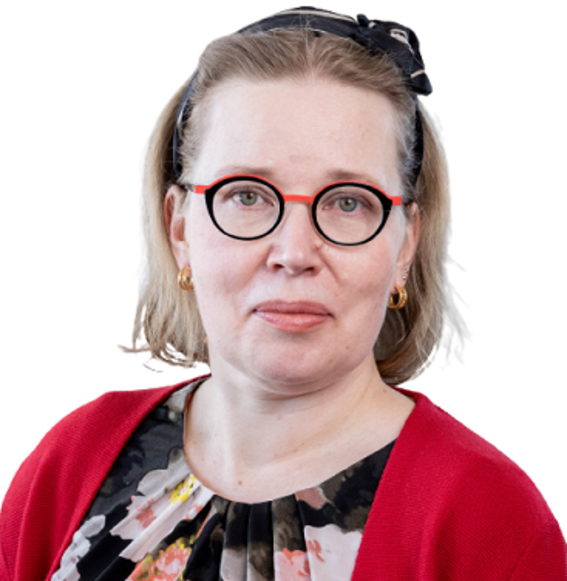
Soft Materials Modelling Group (CHEM, Aalto University)
Group leader: Prof. Maria Sammalkorpi
Soft Materials Modelling Group employs computational and theoretical means to study macromolecular and surfactant systems in bulk solutions and at interfaces. Maria's research focuses on interactions giving rise to the assembly and structure formation in protein or polymer assemblies and colloid dispersions. In her research, Maria strives for fundamental understanding, yet works on practical materials and research questions in collaboration with experimental groups.
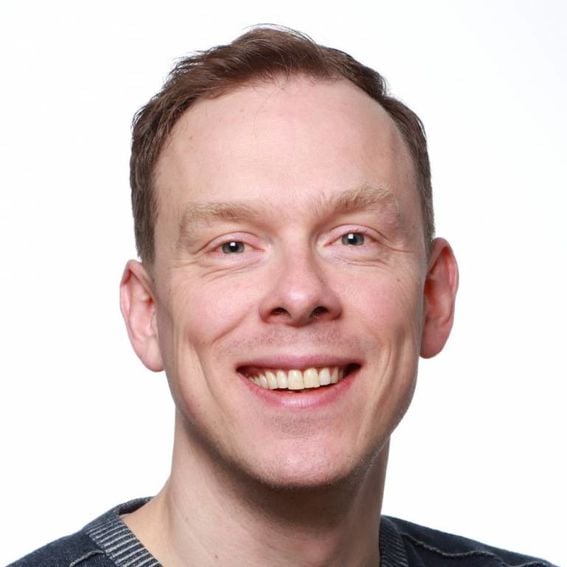
Smart Photonic Materials group (Tampere University)
Group leader: Prof. Arri Priimägi
Smart Photonic Materials (SPM) group works at the interface between chemistry, physics, and materials engineering. We are interested in developing functional and stimuli-responsive materials based on polymers and liquid crystals, with particular focus on light-controllable systems. Our activities are centered around functional supramolecular systems and soft-matter photonics.
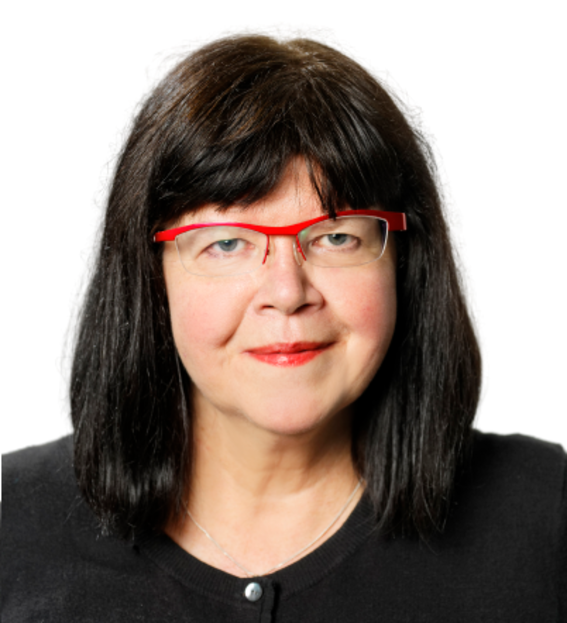
Industrial Biotechnology group (VTT)
Group leader: Prof. Merja Penttilä
Industrial Biotechnology and Food group applies microbes for synthetic biology and biotechnology. Merja's group has developed various synthetic biology concepts such as tunable and switchable genetic control circuitries, which has established her group as frotiers in protein production research and in engineering of eukaryotic microbes for chemicals and biopolymer production.